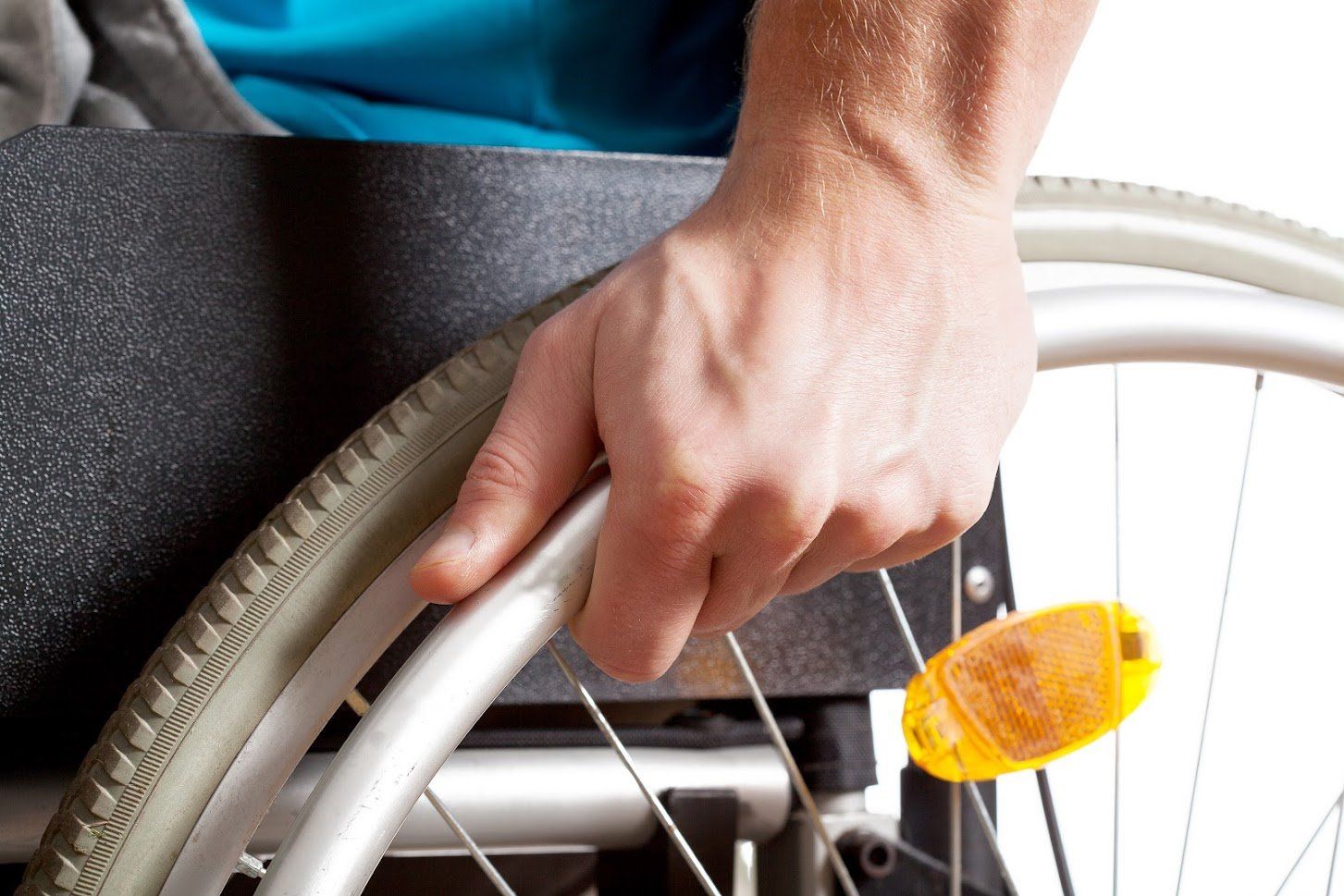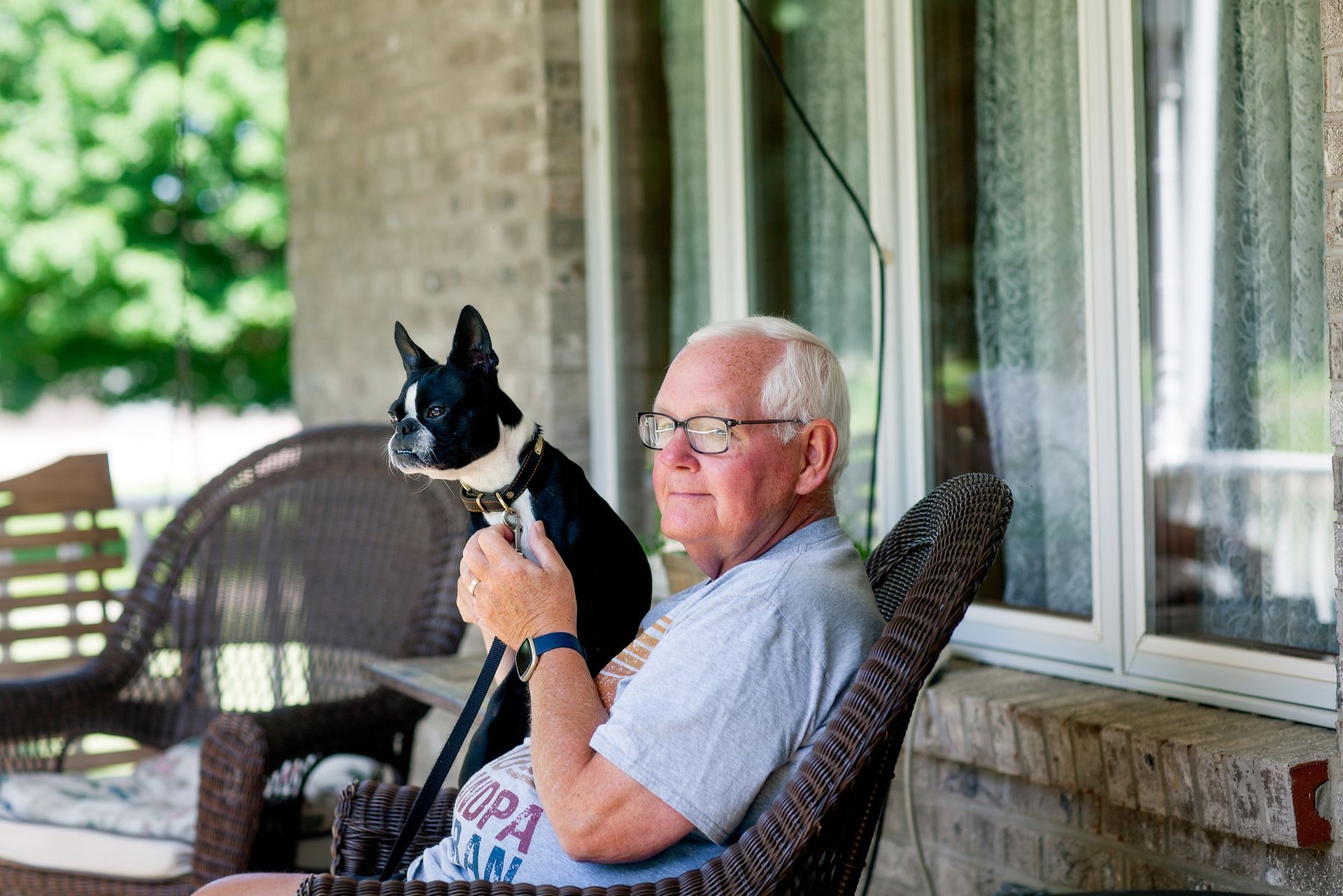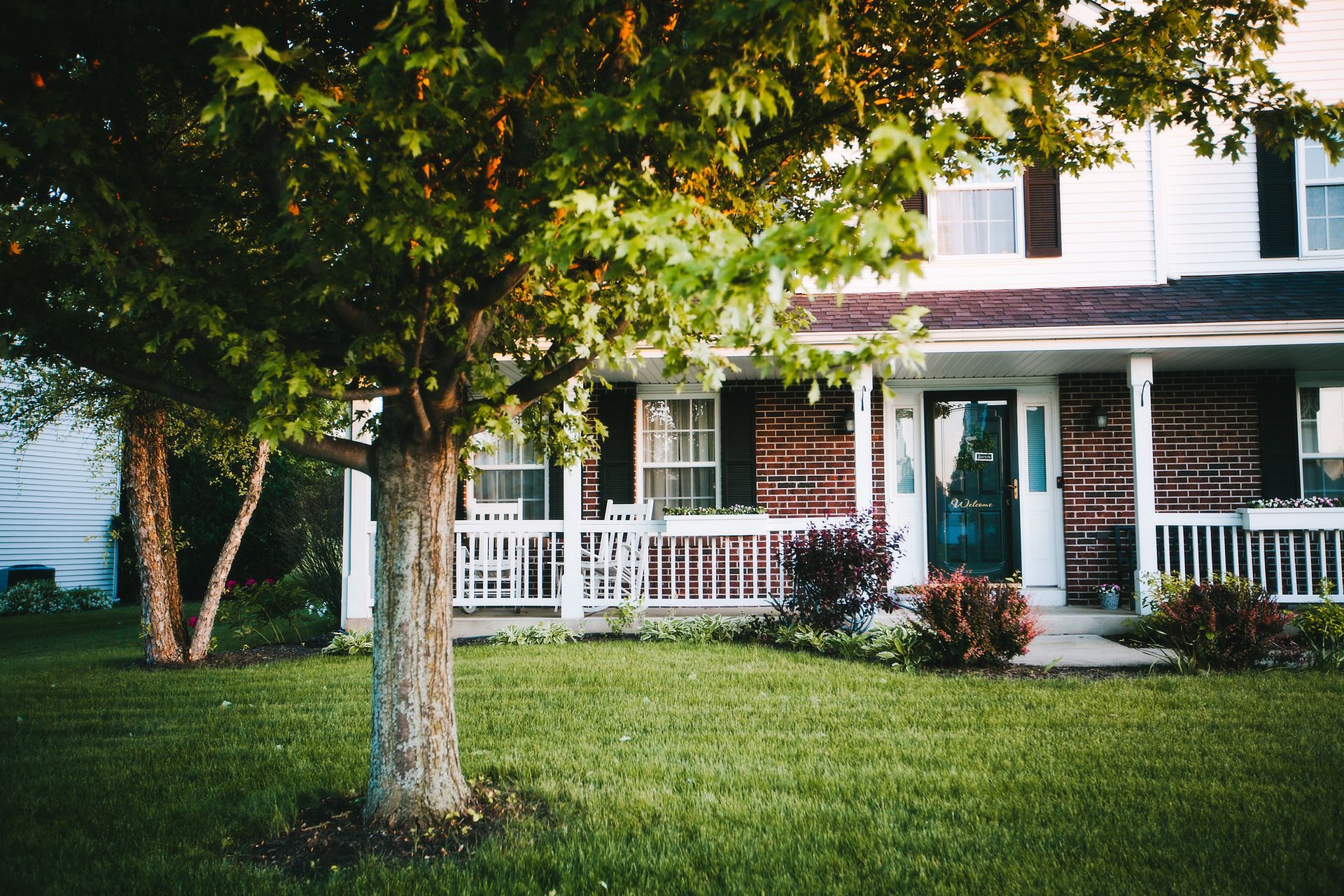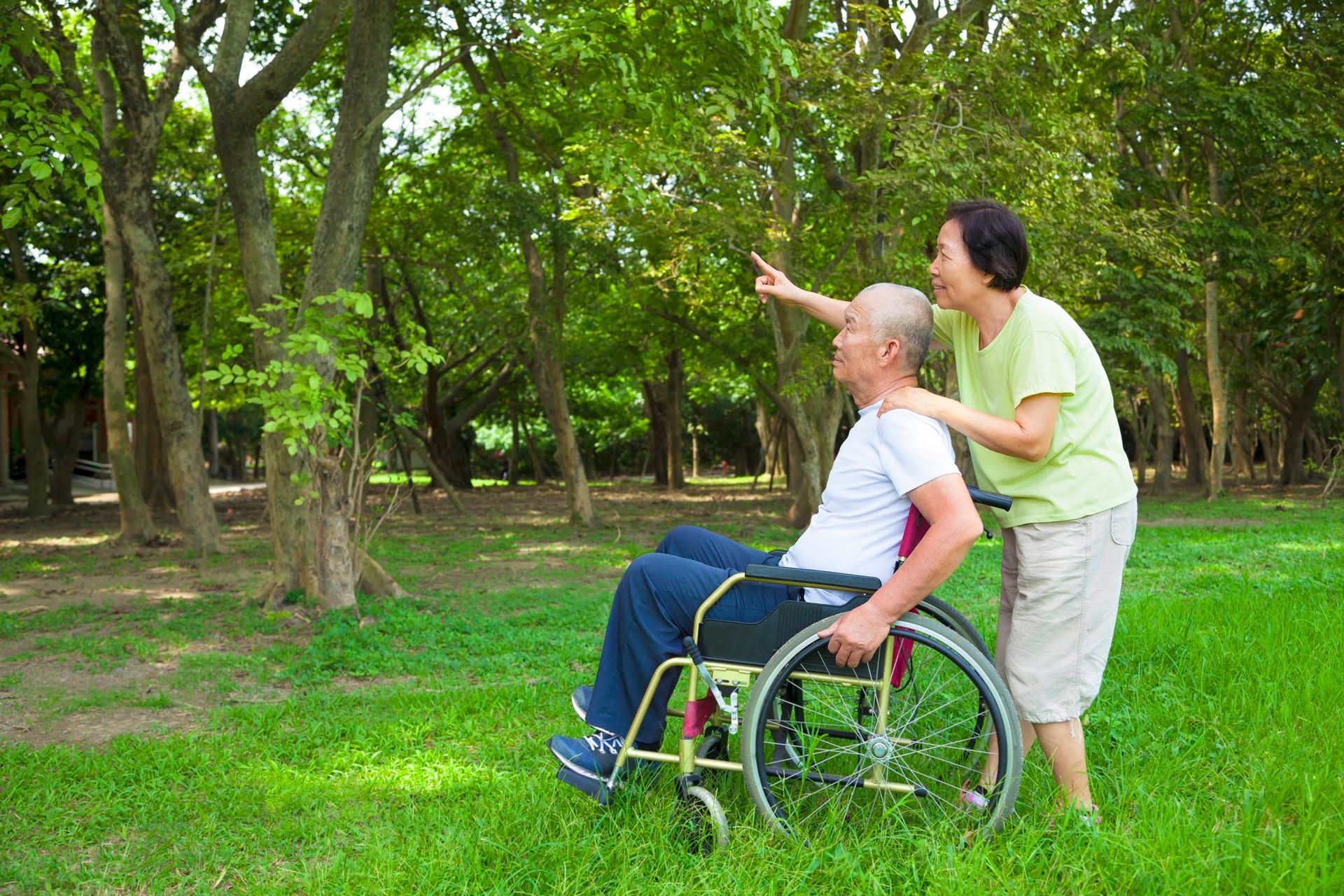FAQs About Accessible Apartment Rentals
January 29, 2022

What do you need in an accessible apartment? Mobility issues can make it difficult to navigate some types of homes and high-rise buildings. But this doesn't mean you can't or won't find a safe place to live that accommodates your physical needs. Before you start a rental search, take a look at what you need to know about mobility issues, apartments, and your options.
Why Might You Need An Accessible Apartment?
Different people have different mobility needs, health conditions, or other health-related issues that make moving with ease a challenge. This means the type of apartment or building you choose should have accessibility features that match your specific needs. If you use a wheelchair, you will need a ramp to enter the building instead of stairs. But if you use a cane, you may have the physical ability to navigate a few steps.
Some physical disabilities, illnesses, and age-related mobility changes may make it necessary to rent an apartment in an accessible building that already has built-in accommodations. Along with these permanent mobility issues, temporary injuries or post-surgical physical limitations may also make an accessible apartment the only option that fully meets your needs right now.
A well-equipped building and rental unit can make it possible for someone with a physical need to live independently. Without accessibility features, some people with mobility issues could not get into the building, move freely within the building or the apartment, or safely perform normal tasks of everyday life (such as food preparation or house cleaning).
What Types of Accessibility Features Are Available?
The specific accessibility features available depend on the individual property. Again, you may need accommodations that someone else with a different mobility issue doesn't require — and vice versa.
Common features you may find in an accessible apartment include wheelchair ramps (outside at all building entries), automatic or touchless opener doors, extra-wide hallways, lower counters, lower cabinets, lower light switches and thermostats, and floors or flooring materials that make it easy for a wheelchair, walker, or other mobility appliance to freely move.
Multi-floor accessible buildings will also have elevators along with stairways. An accessible apartment may also have additional safety features, such as grab bars in the shower and bathroom area, a walk-in shower, or modified kitchen appliances.
Are All Rentals Accessible?
According to the U.S. Department of Housing and Urban Development (HUD), the Fair Housing Act requires multi-family buildings with at least four units that were built after March 13, 1991, to meet certain accessibility requirements. But this does not mean that every apartment building will have every possible accessible or accommodation feature available.
Federally assisted housing structures with at least five units must have five percent (or more) mobility-accessible apartments. In federally assisted housing buildings, the accessible units must comply with the Uniform Federal Accessibility Standards (or UFAS) or an equally strict accessible standard.
Not only do federally assisted housing units need to offer apartments that meet mobility standards, two percent of the units (or at least one unit) must meet accessibility guidelines for people with visual or hearing disabilities.
How Do You Know If a Rental Is Accessible or Meets Your Specific Needs?
The easiest way to determine accessibility is to talk to the property manager or managing company. A professional apartment manager should know the building well, understand accessibility requirements, and have the experience to help you choose the right unit for your needs.
When you tour your would-be future new home, ask the real estate agent or property manager to point out accessibility features. This can help you to decide if the unit has the right accommodations for your physical or mobility-related issues.
Are you ready to rent a new apartment? Contact Robert Cottingham Company
for more information.















